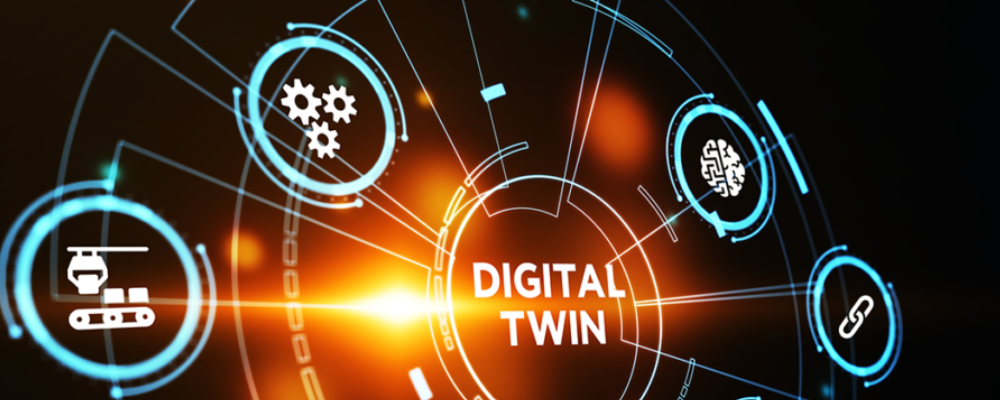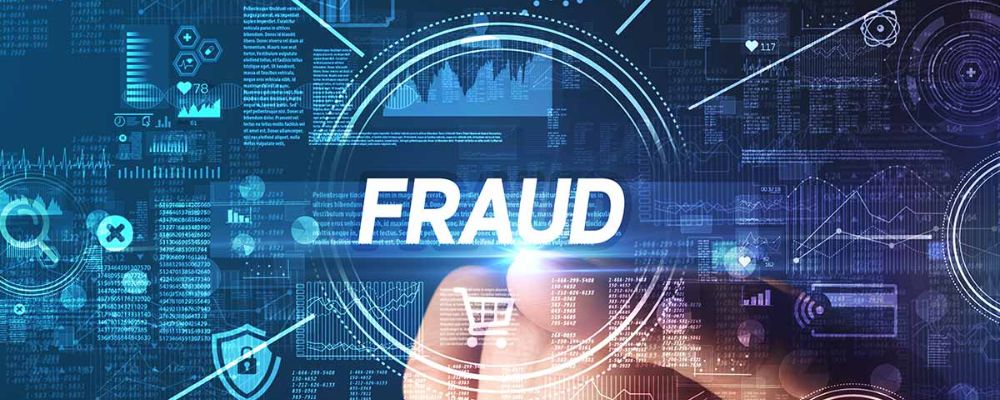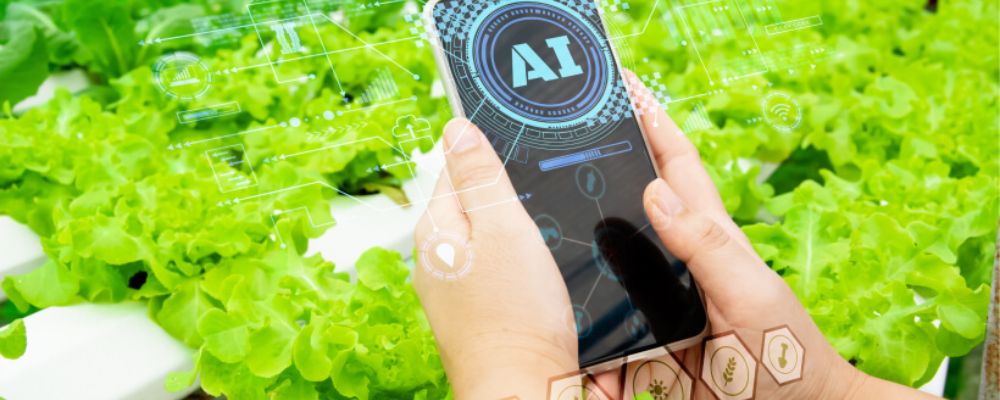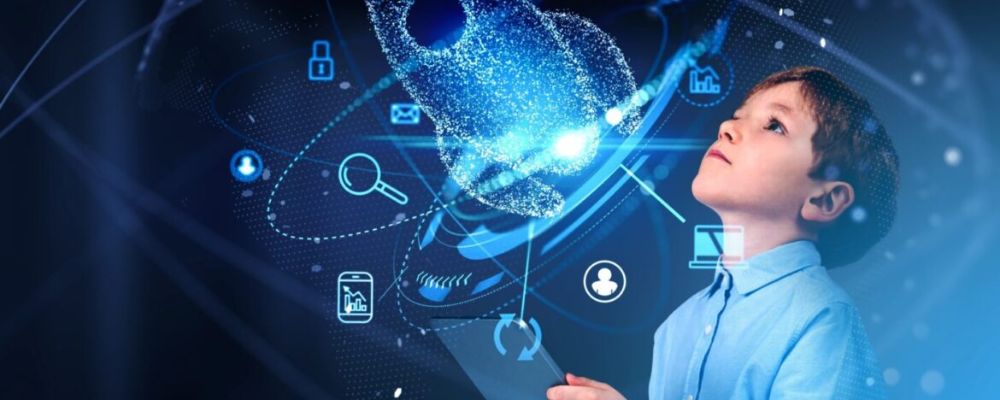
In the rapidly evolving landscape of technology, AI and digital twins are emerging as powerful tools that are transforming the way we understand and interact with complex systems. From manufacturing to healthcare, the integration of AI with digital twin technology is revolutionizing industries by offering virtual replicas of physical assets, enabling predictive maintenance, optimization, and much more. In this blog, we’ll explore how these innovations are enhancing real-world systems and the key benefits they bring to businesses.
What Are Digital Twins?
A digital twin is a virtual model that replicates a physical object, system, or process in real time. By utilizing data from sensors and other sources, this digital model creates a dynamic, up-to-date representation of its physical counterpart. This allows for monitoring, analysis, and even simulation of various scenarios, providing insights that are otherwise difficult to obtain.
The Role of AI in Digital Twins
The integration of artificial intelligence (AI) with digital twins significantly enhances their capabilities. AI algorithms analyze the vast amounts of data generated by digital twins, enabling predictive analytics, automated decision-making, and continuous learning. This synergy between AI and digital twins allows businesses to anticipate issues before they occur, optimize performance, and reduce costs.
Key Applications of AI and Digital Twins
- Predictive Maintenance in Manufacturing
- In manufacturing, AI-driven digital twins predict equipment failures before they happen. By analyzing data from machinery, these virtual models can identify patterns indicating potential breakdowns, allowing for timely maintenance and reducing downtime.
- Smart Cities and Infrastructure
- This technology plays a crucial role in developing smart cities. Virtual models of urban infrastructure help city planners optimize traffic flow, manage energy consumption, and monitor public safety, all while improving residents’ quality of life.
- Healthcare Innovations
- In healthcare, digital twins combined with AI are being used to create personalized treatment plans. For instance, a digital twin of a patient’s heart can simulate the effects of different medications, allowing doctors to choose the most effective treatment without invasive procedures.
- Supply Chain Optimization
- Digital twins are transforming supply chain management by providing real-time visibility into every aspect of the process. AI algorithms analyze this data to optimize logistics, reduce delays, and improve overall efficiency.
- Aerospace and Defense
- In aerospace, these virtual models are used to simulate the performance of aircraft and spacecraft. By integrating AI, these simulations become more accurate, allowing engineers to test different scenarios and improve design and functionality.
Benefits of AI-Driven Digital Twins
- Increased Efficiency: AI enhances the predictive capabilities of digital twins, leading to more efficient operations and resource management.
- Cost Reduction: By predicting issues before they occur, businesses can avoid costly downtime and reduce maintenance expenses.
- Improved Decision-Making: AI provides data-driven insights, enabling more informed decisions and better strategic planning.
- Enhanced Innovation: Digital twins allow for rapid prototyping and testing of new ideas, fostering innovation and reducing time-to-market.
The Future of AI and Digital Twins
The future of AI and digital twin technology is incredibly promising. As technology continues to advance, we can expect even more sophisticated virtual models capable of handling complex tasks with minimal human intervention. The combination of AI with digital twins is set to drive significant advancements across various industries, making systems more resilient, efficient, and adaptive.
Conclusion
AI and digital twins are no longer just buzzwords; they are essential AI tools that are reshaping industries. By creating virtual replicas of real-world systems, businesses can optimize operations, reduce costs, and innovate faster. As AI continues to evolve, the potential applications of digital twins will only expand, offering new opportunities for growth and development.






